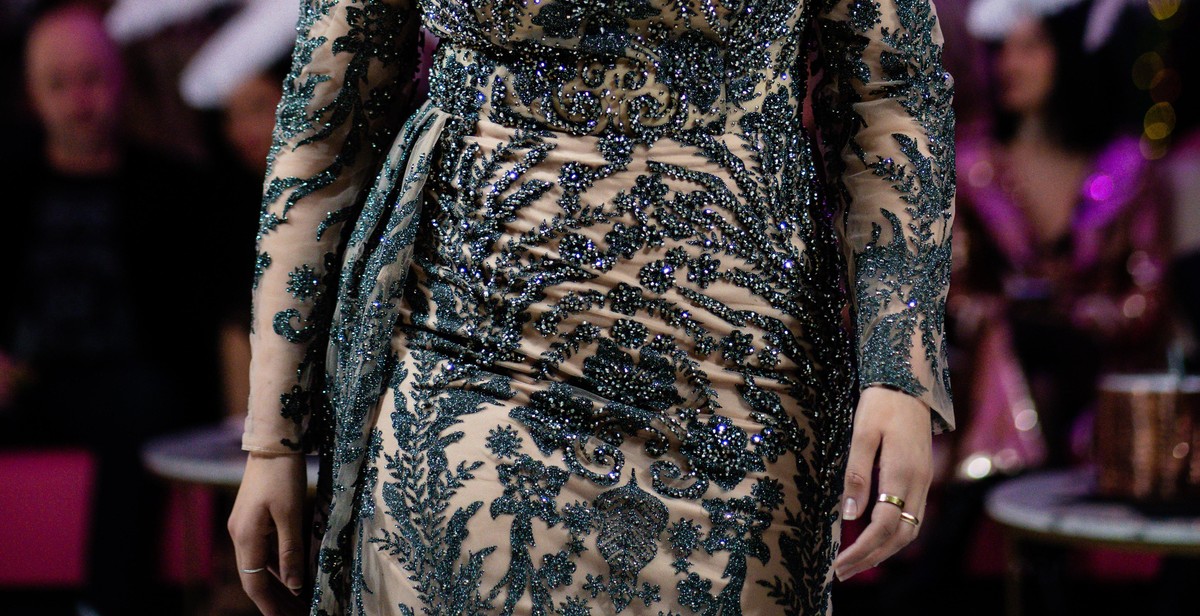How to Choose the Right Fabric for Your Dress Project: Materials and Considerations
Choosing the right fabric for your dress project is crucial to achieving the desired outcome. The material you choose will determine the drape, feel, and overall appearance of your dress. With so many fabrics available, it can be overwhelming to choose the perfect one for your project. In this article, we will explore the different factors to consider when selecting a fabric for your dress project.
Fabric Materials
There are a variety of fabrics available, each with its own unique characteristics and properties. Here are some of the most common fabric materials:
- Cotton
- Silk
- Wool
- Linen
- Polyester
- Rayon
- Nylon
Considerations When Choosing a Fabric
When selecting a fabric for your dress project, there are several factors to consider:
- Comfort
- Drape
- Stretch
- Weight
- Color
- Care instructions
By taking these considerations into account, you can ensure that the fabric you choose will be the perfect fit for your dress project.
Considerations for Choosing Fabric
Choosing the right fabric for your dress project is essential to ensure that the final product is not only beautiful but also comfortable and functional. There are several factors to consider when selecting a fabric, including the project type, body type, occasion, climate and season, and budget.
Project Type
The type of dress project you have in mind will determine the type of fabric you need. For example, a formal dress may require a more structured fabric such as silk or satin, while a casual dress may be made from lightweight cotton or linen.
Body Type
Your body type will also play a role in the fabric you choose. If you have a curvy figure, you may want to select a fabric that drapes well and is not too clingy. If you are petite, you may want to choose a fabric that is lightweight and does not overwhelm your frame.
Occasion
The occasion for which you are making the dress will also influence your fabric choice. If you are attending a summer wedding, you may want to choose a lightweight fabric such as chiffon or georgette. For a winter formal event, a heavier fabric such as velvet or wool may be more appropriate.
Climate and Season
The climate and season will also affect your fabric choice. If you live in a hot and humid climate, you will want to choose a breathable fabric such as cotton or linen. If you live in a colder climate, you may want to select a heavier fabric such as wool or cashmere.
Budget
Your budget will also play a role in the fabric you choose. Some fabrics are more expensive than others, so it is important to determine what you can afford before making a final decision. Keep in mind that higher quality fabrics may be more expensive, but they will also last longer and look better.
| Consideration | Fabric Examples |
|---|---|
| Project Type | Silk, Satin, Cotton, Linen |
| Body Type | Draping Fabrics for Curvy Figures, Lightweight Fabrics for Petite Figures |
| Occasion | Chiffon, Georgette for Summer Events, Velvet, Wool for Winter Events |
| Climate and Season | Cotton, Linen for Hot Climates, Wool, Cashmere for Cold Climates |
| Budget | Cotton, Polyester for Lower Budgets, Silk, Wool for Higher Budgets |
By considering these factors and selecting the right fabric for your dress project, you can ensure that your final product is both beautiful and functional.

Types of Fabric
Choosing the right fabric is crucial for any dress project. The type of fabric you choose can impact the look, feel, and durability of your dress. Here are some of the most popular types of fabric to consider:
Cotton
Cotton is a soft and breathable fabric that is perfect for summer dresses. It is easy to work with and can be found in a variety of colors and patterns. Cotton is also durable and can be machine washed.
Silk
Silk is a luxurious fabric that is perfect for formal dresses or special occasions. It has a soft and smooth texture and drapes beautifully. Silk is available in a range of weights and finishes, from lightweight chiffon to heavy satin.
Linen
Linen is a strong and durable fabric that is perfect for casual dresses. It has a crisp texture and is highly absorbent, making it ideal for hot and humid weather. Linen is available in a range of colors and patterns.
Wool
Wool is a warm and cozy fabric that is perfect for winter dresses. It is available in a range of weights, from lightweight wool crepe to heavy wool flannel. Wool is also durable and can be dry cleaned.
Polyester
Polyester is a synthetic fabric that is easy to care for and wrinkle-resistant. It is available in a range of colors and finishes, from matte to shiny. Polyester is also affordable and can be machine washed.
| Fabric Type | Texture | Strength | Breathability | Care |
|---|---|---|---|---|
| Cotton | Soft and breathable | Moderate | High | Machine washable |
| Silk | Soft and smooth | Moderate | Low | Dry clean only |
| Linen | Crisp | Strong | High | Machine washable |
| Wool | Warm and cozy | Strong | Low | Dry clean only |
| Polyester | Smooth | Moderate | Low | Machine washable |

Fabric Characteristics
When it comes to choosing the right fabric for your dress project, there are several important characteristics to consider. These include texture, drape, weight, breathability, and durability.
Texture
Texture refers to the surface quality of the fabric, which can range from smooth and silky to rough and textured. The texture of a fabric can greatly affect its appearance and how it feels against the skin. For example, a smooth and silky fabric may be more appropriate for a formal dress, while a rougher, textured fabric may be better suited for a more casual dress.
Drape
Drape refers to how a fabric hangs or falls when draped over the body. A fabric with good drape will flow gracefully and create a flattering silhouette. This characteristic is especially important for dresses, as the way the fabric drapes can greatly affect how the dress looks and feels when worn.
Weight
The weight of a fabric refers to how heavy or light it is. The weight of a fabric can greatly affect its drape and how it feels against the skin. A heavier fabric may be more appropriate for a winter dress, while a lighter fabric may be better suited for a summer dress.
Breathability
Breathability refers to how well a fabric allows air to circulate through it. A breathable fabric is important for dresses, as it can help prevent overheating and discomfort. Natural fibers like cotton and linen are generally more breathable than synthetic fibers like polyester.
Durability
Durability refers to how well a fabric holds up over time and with regular wear. A durable fabric is important for dresses, as they are often worn multiple times and need to withstand washing and other wear and tear. Natural fibers like cotton and silk are generally more durable than synthetic fibers like polyester.
| Characteristic | Importance |
|---|---|
| Texture | Medium |
| Drape | High |
| Weight | High |
| Breathability | High |
| Durability | High |
Overall, when choosing the right fabric for your dress project, it is important to consider all of these characteristics to ensure that your dress looks and feels great and is able to withstand regular wear and tear.

Conclusion
Choosing the right fabric for your dress project is an essential step in creating a garment that looks and feels great. With the plethora of options available, it can be overwhelming to decide on the perfect material. However, by considering the factors discussed in this article, you can narrow down your choices and find the ideal fabric for your needs.
Key Takeaways
- Consider the occasion and season when selecting your fabric.
- Understand the properties and characteristics of different materials to choose the right one for your design.
- Think about the drape, weight, and texture of the fabric to ensure it complements your design.
- Don’t forget about practicalities like care and maintenance when making your final decision.
By keeping these key takeaways in mind, you can confidently choose a fabric that will help you create a dress that you’ll love to wear. Whether you’re a seasoned seamstress or a beginner, taking the time to consider your options carefully will pay off in the end.
Happy Sewing!
 |
 |
